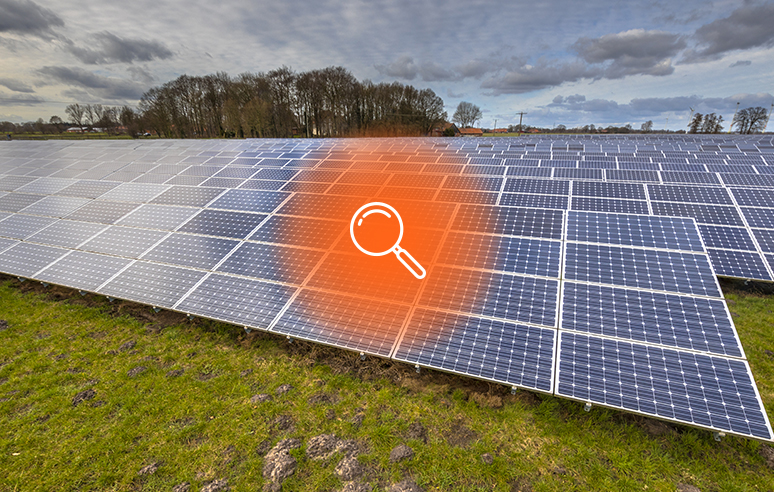Utility customers think that the service they receive from their utility providers is just “okay”, and that it takes too much time to get things done.
This is according to a study by Interactions that surveyed over 1,400 U.S. utility customers on their customer care experiences with their utility companies. The most interesting result is that over a third of utility customers would switch utility providers as a result of poor customer service.
With the customer service bar being set higher every day by retailers, electronic companies, and hotels, utility customer care execs are faced with the question: how can I innovate to better meet the growing needs of my customers?
To help answer this question, here are three important takeaways from our research:
1. When it comes to utility customer care, there is room for improvement
Customers rated their overall satisfaction with their utility company as a 3.7 out of 5, with over 35% rating it as 3 or lower. Scores were the same for the last interaction customers had with the utility. This shows that utility customers tend to base their overall rating on the last experience that they had with the utility and that even a long track record of good service can be erased by a single bad experience.
2. Utilities need to clear obstacles from the customer’s path.
This includes reducing effort — whether it’s clunky phone trees, long hold times, or asking a customer to provide the same information multiple times. Customers consistently commented they they had to provide information to an automated system, only to be transferred to an agent who had no record from their interaction with the automated system. These kinds of experiences are not only a waste of time for the customer, but they also waste valuable agent time.
3. Starting, stopping, and moving service is ripe for automation
As a repetitive, transactional activity that customer overwhelmingly use the voice channel for, starting, stopping and moving service could be vastly improved through automation Your utility is asking the customer for basic information: name, address, how they want to pay, if they want paperless billing, setting up schedules for technicians to visits. These are all repetitive and transactional, taking up a lot of your agents’ time to complete tasks that could be easily automated.
The data is clear. Utility customers are demanding more efficient, easier ways to get their issues resolved and are frustrated by obstacles that companies put in their way. Innovative utilities will be rewarded with better customer effort scores, better retention, and increased operational efficiencies within their contact center.



